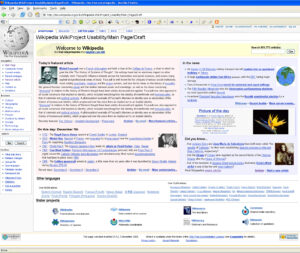
Creating an educational app can have a range of benefits, including: 1. Improved content delivery and access: An educational app will allow students to access course material from any device, providing enhanced access to educational content. 2. Increased engagement and interaction: An educational app can be designed with interactive elements that encourage students to engage with course material and actively participate in class discussions. 3. Easier assignments and feedback: An educational app can provide an easy-to-use platform for class assignments and communication with instructors, including sharing feedback and grading. 4. Accessibility: An educational app can make it easier for students with different abilities and special needs to access course materials. The cost of creating an educational app will depend on a range of factors, including the type of features you need and the scope of the project. The cost of development can range from a few thousand dollars for a basic app up to hundreds of thousands of dollars for a more comprehensive solution. Other factors to consider are hosting, software licenses, and ongoing maintenance costs
Creating an Educational App can Have a Range of Benefits Developing an educational app has become increasingly popular in the past few years, as more educational institutions are seeing the benefits that come from having their own app. An educational app can provide students and instructors with access to course material, increased engagement and interaction with course material, and an






